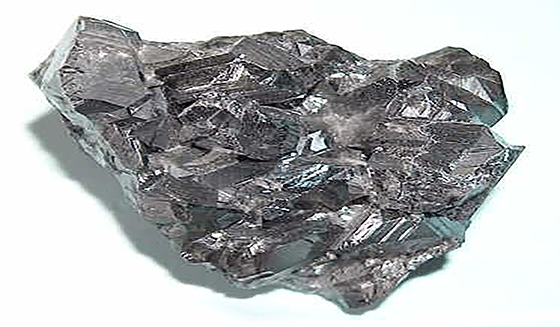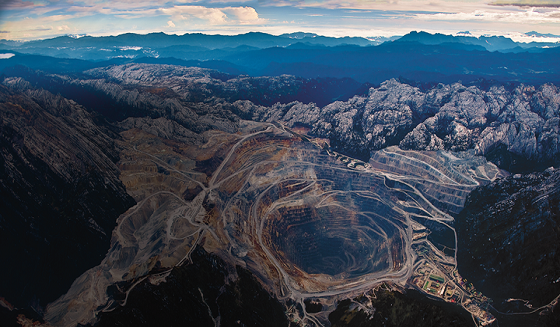China zinc smelter cuts fail to tip the supply

Teck Resources to axe 1,000 jobs, lowers dividend
November 24, 2015
Mining is a crucial industry for Manitoba
November 29, 2015
* Concentrate shortages would have forced smelter cutbacks
* Prices to be weighed down by high global inventories
* Market may temporarily spike, see bouts of short covering
By Eric Onstad and Pratima Desai
LONDON, Nov 24 Output cuts announced by Chinese zinc smelters last week will do little to tighten next year’s global supply-demand balance in refined metal because already known mining cutbacks would have forced smelters to reduce production anyway.
On top of that, hard-hit prices will fail to get much of a lasting boost in coming months due to a glut of world inventories, although there may be spikes of short-covering, analysts and investors said.
Zinc is one of a clutch of industrial metals including bellwether copper which have hit multi-year lows this month, weighed down by a surplus of supplies and a fall-off in demand from top customer China.
Benchmark zinc prices found respite on Friday following the announcement of plans by top Chinese zinc smelters to slash 500,000 tonnes of production next year.
But that is a only a small proportion of global consumption estimated at between 13 to 14 million tonnes this year and the uplift was mainly due to panicky bears closing short positions – bets on lower prices – but this soon ran out of steam and prices on Monday came close to last week’s six-year low.
Three-month zinc on the London Metal Exchange has shed nearly 28 percent this year and was last at $1,570 a tonne.
Investors seem to be realising that Chinese smelters were just bowing to the inevitable, said Graham Deller, head of zinc research at consultancy CRU.
Due to mine closures and output cutbacks by Glencore , mines will not produce enough supply of concentrate – partially processed ore – to allow global zinc smelters to run at full capacity next year, Deller said.
“The key thing to bear in mind is that especially in the wake of the Glencore mine cutbacks, there wasn’t going to be enough concentrate in the market next year,” he said.
“The forced smelter under-utilisation was going to be around half a million tonnes in any case, so… it (the Chinese announcement) has absolutely no effect at all (on fundamentals), except it has clarified where the smelter cutbacks are going to be.”
INVENTORY GLUT
CRU forecasts that there will be a supply-demand deficit of next year of about 400,000 tonnes of refined zinc, but this would be easily supplied from existing global inventories, estimated at about 1.5 million tonnes.
“Even with cuts of 500,000 tonnes in 2016, there are still considerable zinc inventories to digest and galvanized steel inventories have also been building up in China, so we may not see much of a direct impact,” said Xiao Fu, head of commodity market strategy at Bank of China International in London.
The biggest use of zinc is for galvanizing steel.
“There’s been a drawdown in zinc inventories from bonded warehouses in Shanghai, but we don’t think it’s for real consumption,” said Fu, who has recently returned from a trip to China.
While stocks should be sufficient to supply industrial demand, there could be volatility if too many bearish investors are forced to close out positions.
“The risk right now is more from a positioning point of view,” said Christoph Eibl, chief executive at Tiberius Asset Management in Switzerland.
“If you get a spike, there will be a large wave of weak shorts who can’t pay their margin calls and just decide to cut their positions.” (Reporting by Eric Onstad; Editing by Veronica Brown and David Evans)


